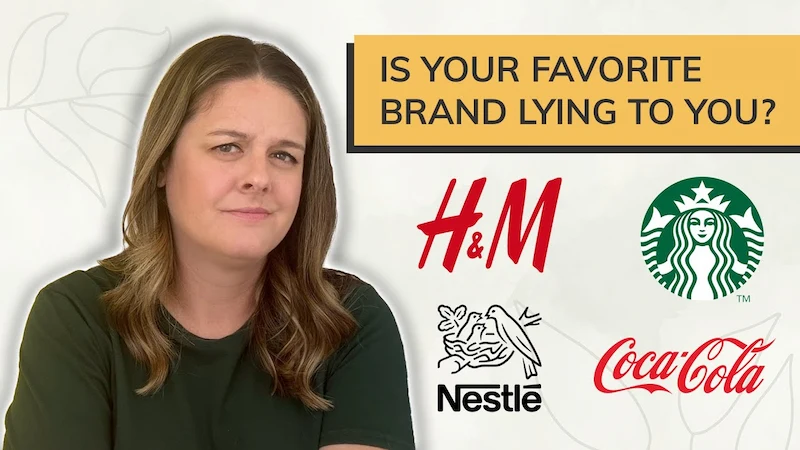Popups are a great way to get attention. You can use them to showcase special promotions, call out important information, get people to subscribe to your blog…there are so many possibilities.
Why You Should Be Using Pop-ups
Let’s be honest, Pop-ups have a bad history of being annoying and intrusive! Well those days are gone thanks to current web browser technology and better backend tools.
With a solid marketing strategy you can use pop-ups to help increase sales, signup to a newsletter, news alerts, etc. The possibilities are endless.
It’s important to think of pop-ups as another tool in your marketing toolbox. The great thing about using pop-ups is that tracking the results will be very easy. You can set up special offers or tracking codes that are unique to each pop-up campaign you use on your website.
Pop-up Use Cases:
News Alert or Announcements
You can use a pop-up for important news or announcements. This type of pop-up can be very important to keep your audience up to date with any changes to your business or website. You can even target your audience to display different information.

Promotion for Your Sales or Coupons
Using pop-ups to promote any sales or coupons can be a great opportunity to increase sales. If you run an ecommerce website you can strategically place these pop-ups on certain pages. For example: placing a coupon pop-up on exit-intent (when the mouse cursor leaves your website) can entice a customer to place an order that otherwise would have been abandoned.

Email Subscribe
An email opt-in might be the most commonly used pop-up and that’s for a good reason, because it works! You can custom design an email subscribe pop-up to match your existing branding. You no longer are stuck using a boring or ugly email subscribe pop-up from third party platforms.

Contact Forms
Embedded contact forms inside a pop-up can be a great way to save on real estate on your website. Let’s face it, sometimes contact forms can feel out of place inside a custom designed website. This is where a pop-up can be helpful. For example: instead of having an area on your website for a custom quote, you can have a call to action button that triggers a contact form pop-up.

Related Products & Upsells
If you’re running an e-commerce store, there’s no limitations when it comes to using pop-ups to promote related products or upselling products on any pages. A great example could be a pop-up on a lower ticket product that helps promote a higher ticket product. You can also use pop-ups during the checkout process.

How to add pop-ups
Good news! There’s been some amazing advancements to pop-up builders. Just a year ago creating pop-ups was a clunky experience and required a lot of custom coding.
We have tested tons of different pop-up platforms and we believe the best pop-up builder on the market is the Elementor page builder. We use Elementor to build all of our websites and one thing we really love is how easy they make adding popups to your site. You can customize the design and functionality right within their editor. No extra bloated plugins to install!
Once you have Elementor Pro installed on your website there’s nothing else to install. The pop-up builder is user friendly and easy to configure. This builder is the only design-oriented popup builder available. This means you have 100% control over the design of your pop-ups. In most cases if you install a pop-up plugin you don’t have any control over the design aspects of the pop-ups. This is why most pop-ups look the same on the internet.
Advanced Targeting
It’s important to have 100% control of your pop-ups. The last thing you want to do is install a pop-up on your website and it keeps popping up and annoying your users. This is where pop-up targeting comes to play.
Good news, advanced targeting is built into the Elementor pop-up builder! We’ll be honest, this feature really makes us excited! Advanced targeting allows virtually an unlimited amount of ways to target your audience with conditions, triggers and advanced rules.
Below are a few examples you can configure a pop-up with advanced targeting:
- Display a pop-up only on certain pages.
- Wait for the user to scroll to a certain element on the website before a pop-up displays.
- Show a pop-up when the user’s cursor leaves your website.
- Only show a pop-up on specific devices (desktop, tablet & mobile).
- Display a pop-up when the user arrives from a specific URL.
As you can see there’s a ton of different possibilities to display a pop-up. This type of functionally takes targeted marketing to the next level!
Ready To Get Started?
Are you excited to add pop-ups to your marketing toolbox? If so, contact us today and we can discuss the best way to add pop-ups to your website.




